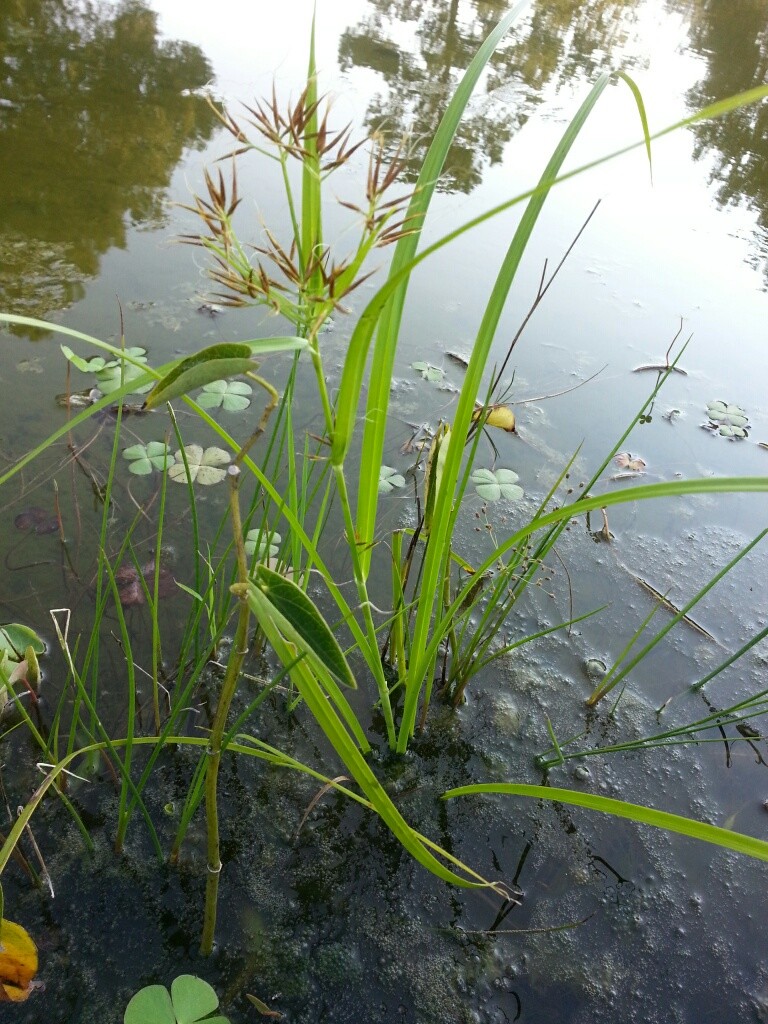Wetland Team Blog
After doing the photopoints for the quarter, I could see that P1 really needed more planting. It worked out to be ideal too…the pond is heavily shaded in the morning and so all the planters (Diane, John H., Chatt, Rebecca and Chelsea) could plant easily without melting in the sun. We were also fortunate enough that the new road was hard from the dry weather allowing us to stage the buckets of plants within feet of the pond. 🙂 Meanwhile, Glenn graciously worked the dirt pile for the spriggers back at the potting shed. Thank you to Lana, Susan and Ray for getting the hibiscus potted up and in the ponds.
Plant of the Week

Photos are courtesy of members of Texas Master Naturalists, Friends of Brazoria Wildlife Refuges, and staff members of U.S. Fish & Wildlife Service. All photos are protected by the Creative Commons Public License Attribution-Noncommercial 3.0 United States.For the purpose of this license, the “licensor” is Friends of Brazoria Wildlife Refuges,aTexas non-profit corporation. The terms of this license are available at http://creativecommons.org/licenses/by-nc/3.0/us/.
Horned Beakrush, Rhynchospora corniculata
Horned beakrush is a heavy seeding emergent plant. It can grow in moist soil (Pond P2) and up to several inches of water (Pond 17). The leaves are characteristically glossy (Kelly) green and deeped veined. The most characteristic part is the seedhead or inflorescence which is open or diffuse and has many clusters of spikelets with yellow to brown seeds. When the plant is en masse within a wetland, the meadow of seedheads can be quite attractive (my personal opinion).
 Texas Community Watershed Partners
Texas Community Watershed Partners 